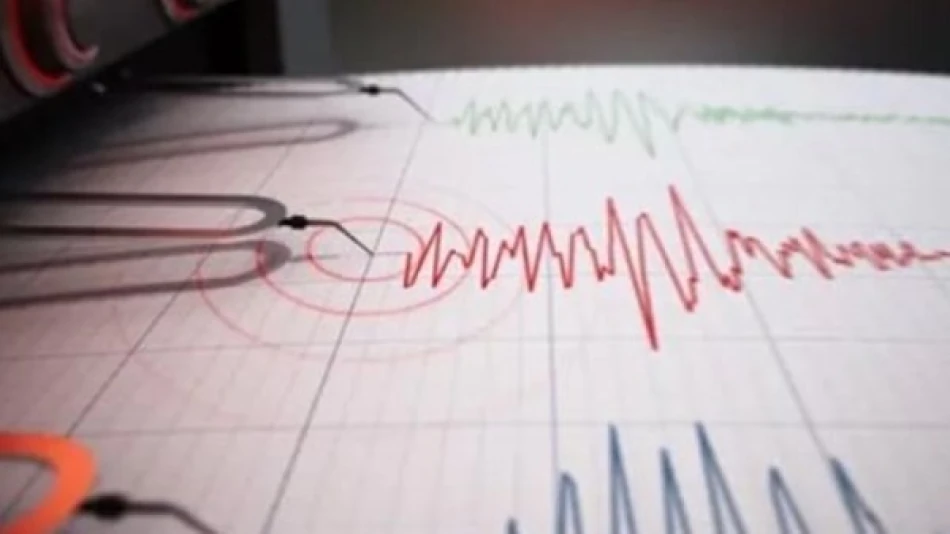
Kamchatka Earthquake Detected by National Seismic Monitoring Agency
6.2 Magnitude Earthquake Strikes Russia's Kamchatka Peninsula
A significant 6.2 magnitude earthquake struck Russia's remote Kamchatka Peninsula on Saturday, according to seismic monitoring data from the UAE's National Center of Meteorology. The tremor, recorded at 6:14 PM UAE local time, highlights the ongoing seismic activity in one of the world's most volcanically active regions.
Remote but Seismically Active Region
The Kamchatka Peninsula, located in Russia's far east, sits along the volatile Pacific Ring of Fire, making it one of the most earthquake-prone areas globally. This sparsely populated region experiences frequent seismic activity due to the complex interaction of tectonic plates beneath the Pacific Ocean.
With a population of approximately 300,000 people spread across an area larger than California, Kamchatka's remote location often means earthquake impacts remain localized. However, the peninsula's numerous active volcanoes and unstable geological structure make it a critical area for global seismic monitoring.
International Monitoring Networks Track Global Seismic Activity
The fact that UAE's National Center of Meteorology detected and reported this earthquake demonstrates the interconnected nature of modern seismic monitoring. Countries worldwide maintain sophisticated earthquake detection networks that can identify tremors thousands of miles away, contributing to global disaster preparedness efforts.
Why Regional Monitoring Matters
While a 6.2 magnitude earthquake in remote Kamchatka may seem distant from Middle Eastern concerns, regional monitoring serves multiple purposes. Seismic data helps scientists understand global tectonic patterns, contributes to tsunami early warning systems, and supports international disaster response coordination.
The Peninsula's location along major shipping routes between Asia and North America also means significant seismic events could potentially impact maritime traffic or trigger secondary hazards like underwater landslides.
Kamchatka's Earthquake Legacy
Saturday's 6.2 magnitude tremor represents moderate seismic activity for the region. Kamchatka has historically experienced much larger earthquakes, including several magnitude 7+ events in recent decades. The peninsula's geological instability stems from its position where the Pacific Plate subducts beneath the North American Plate.
This latest earthquake serves as a reminder of the dynamic geological forces constantly reshaping our planet, even in the world's most remote corners. While immediate impacts appear limited due to the region's sparse population, continued monitoring remains essential for understanding broader seismic patterns that could affect more populated areas along the Pacific Rim.
 Layla Al Mansoori
Layla Al Mansoori







